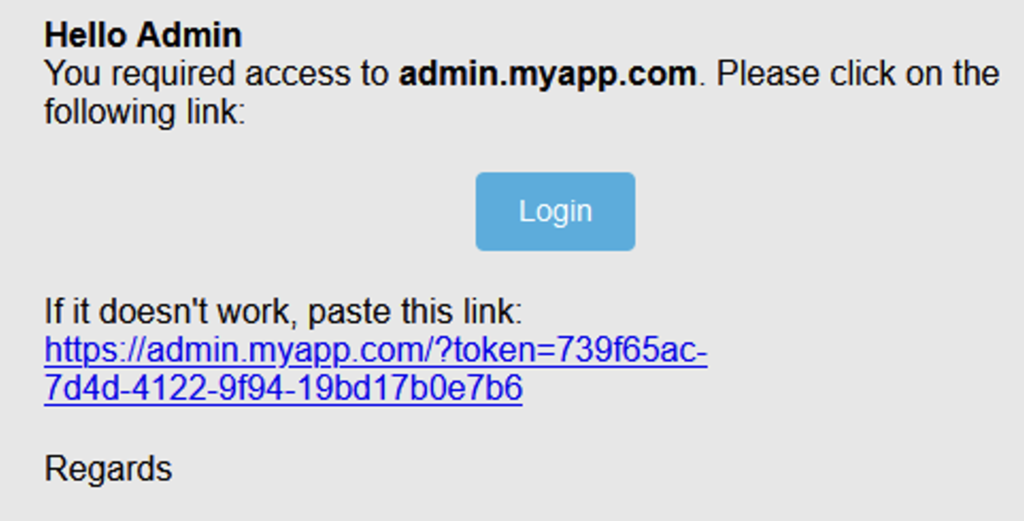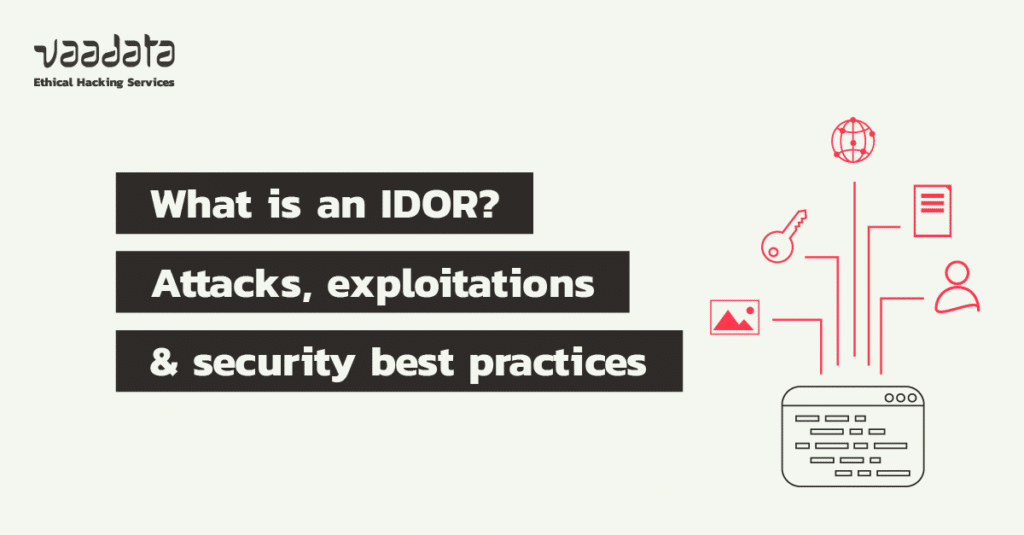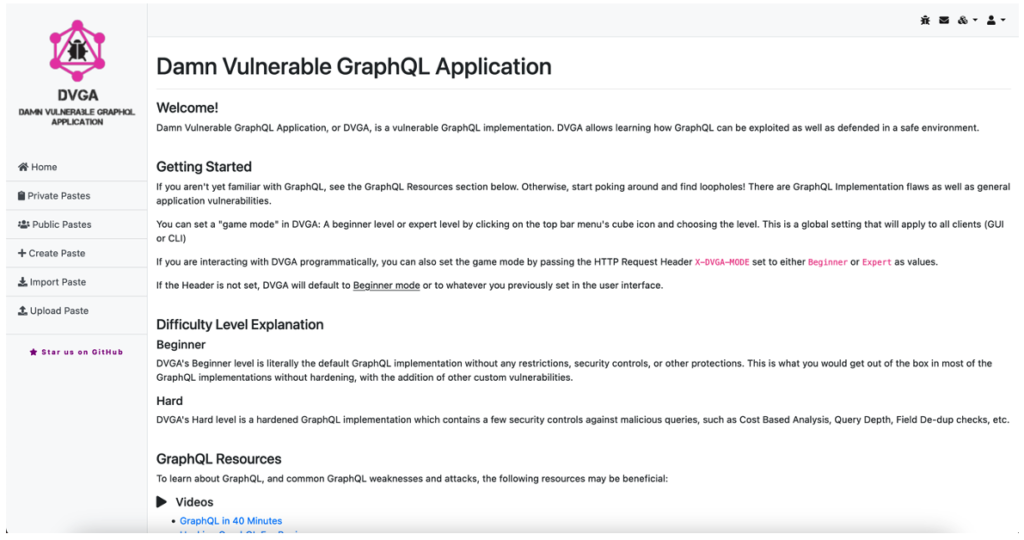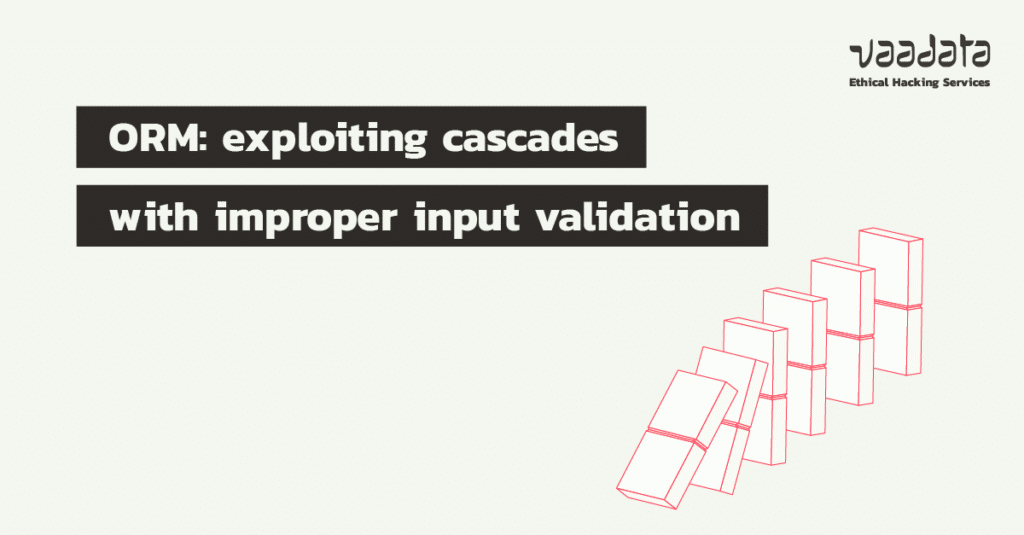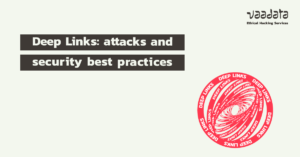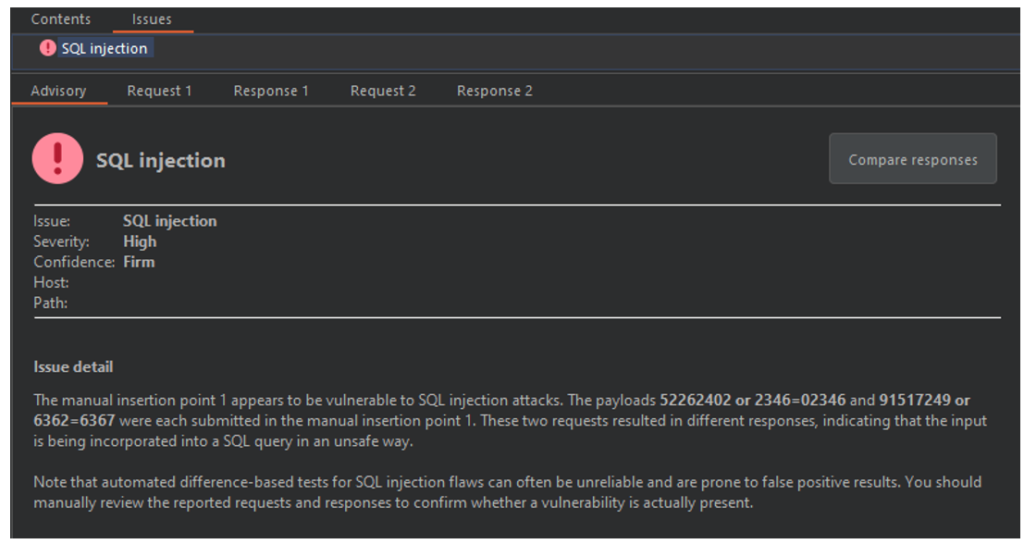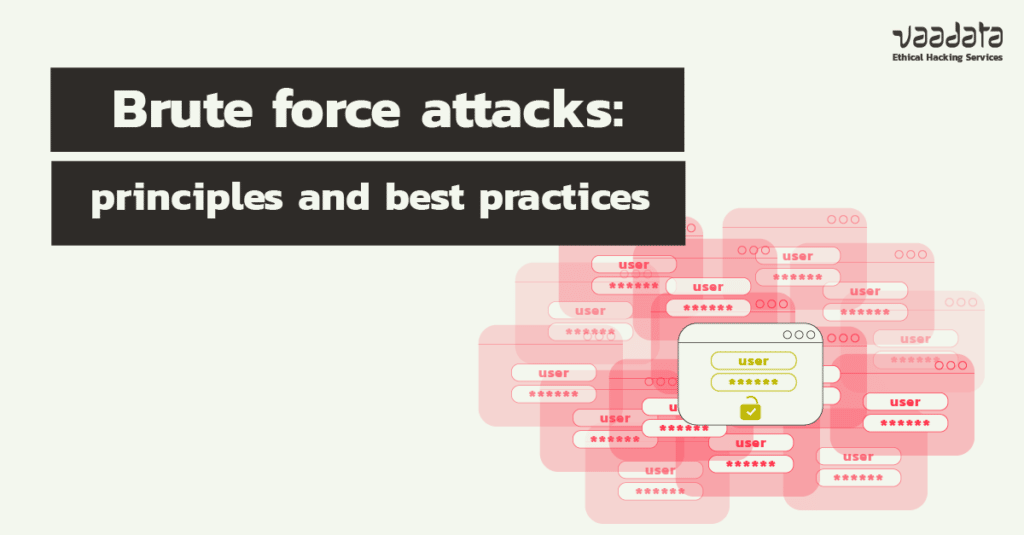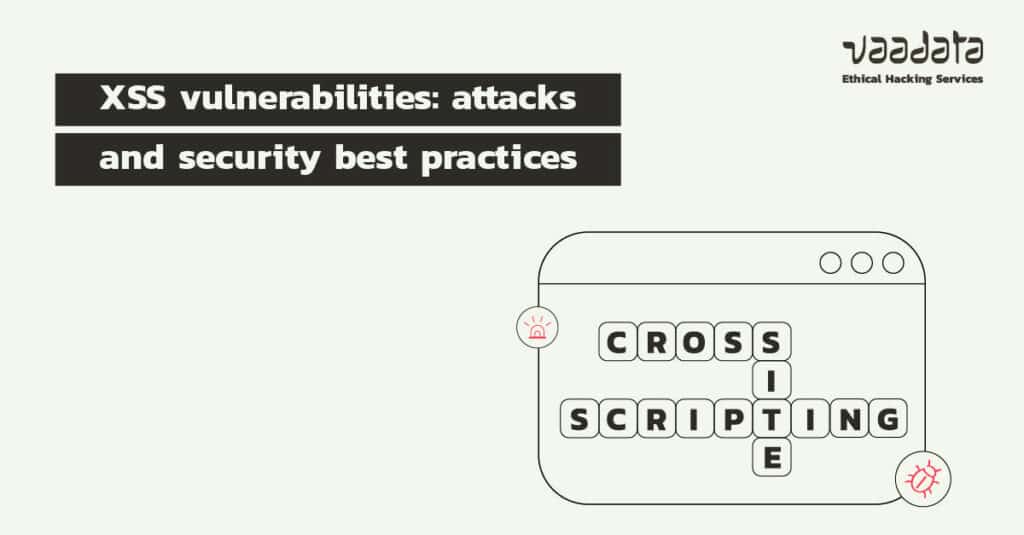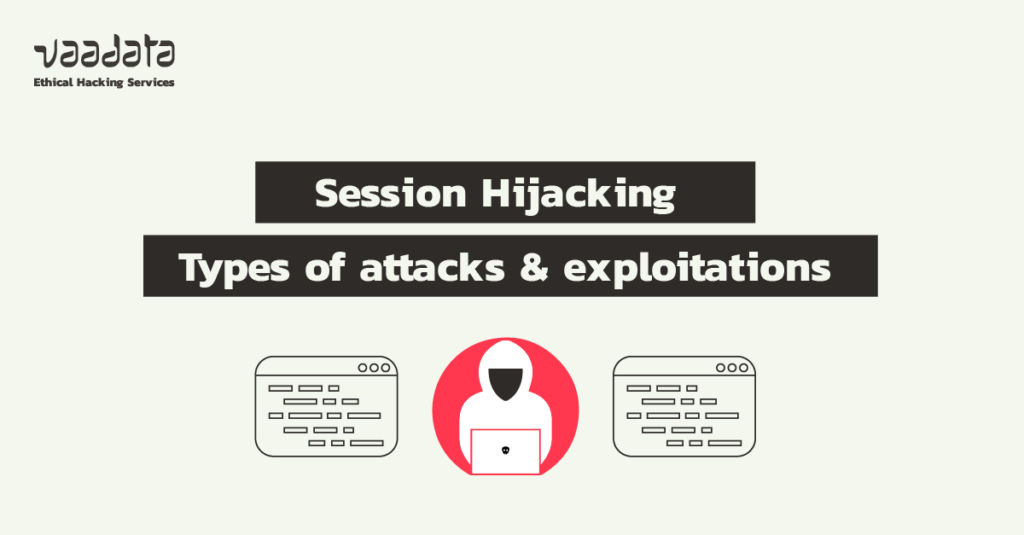
Access control is a central element in ensuring the security of web applications. It must be based on robust authentication and session management that takes into account various security risks, such as session hijacking.
XSS exploitation, session fixation, lack of encryption, MFA bypass, etc., there are many techniques to hijack a user’s session. In this article, we present the main attacks and exploits.

